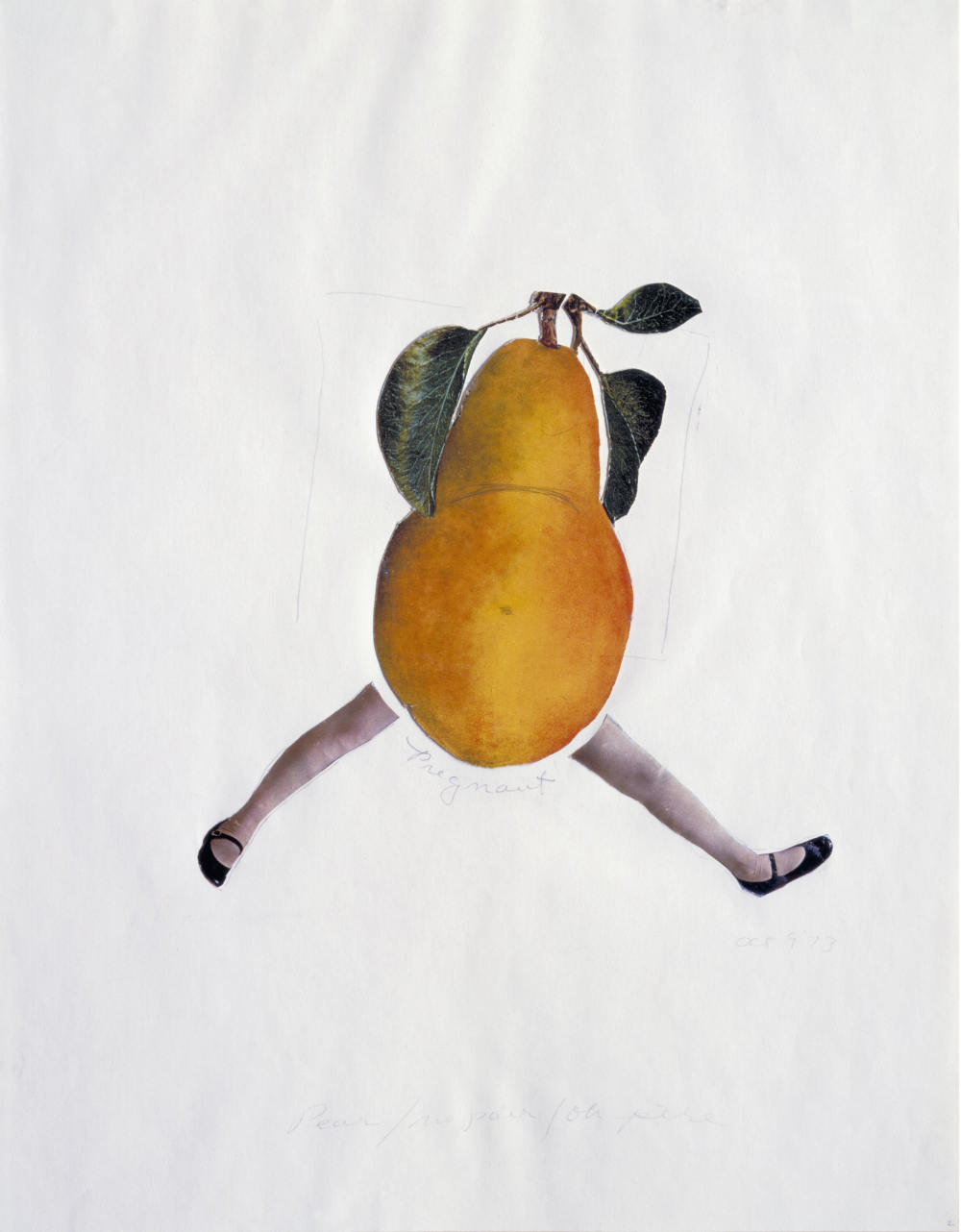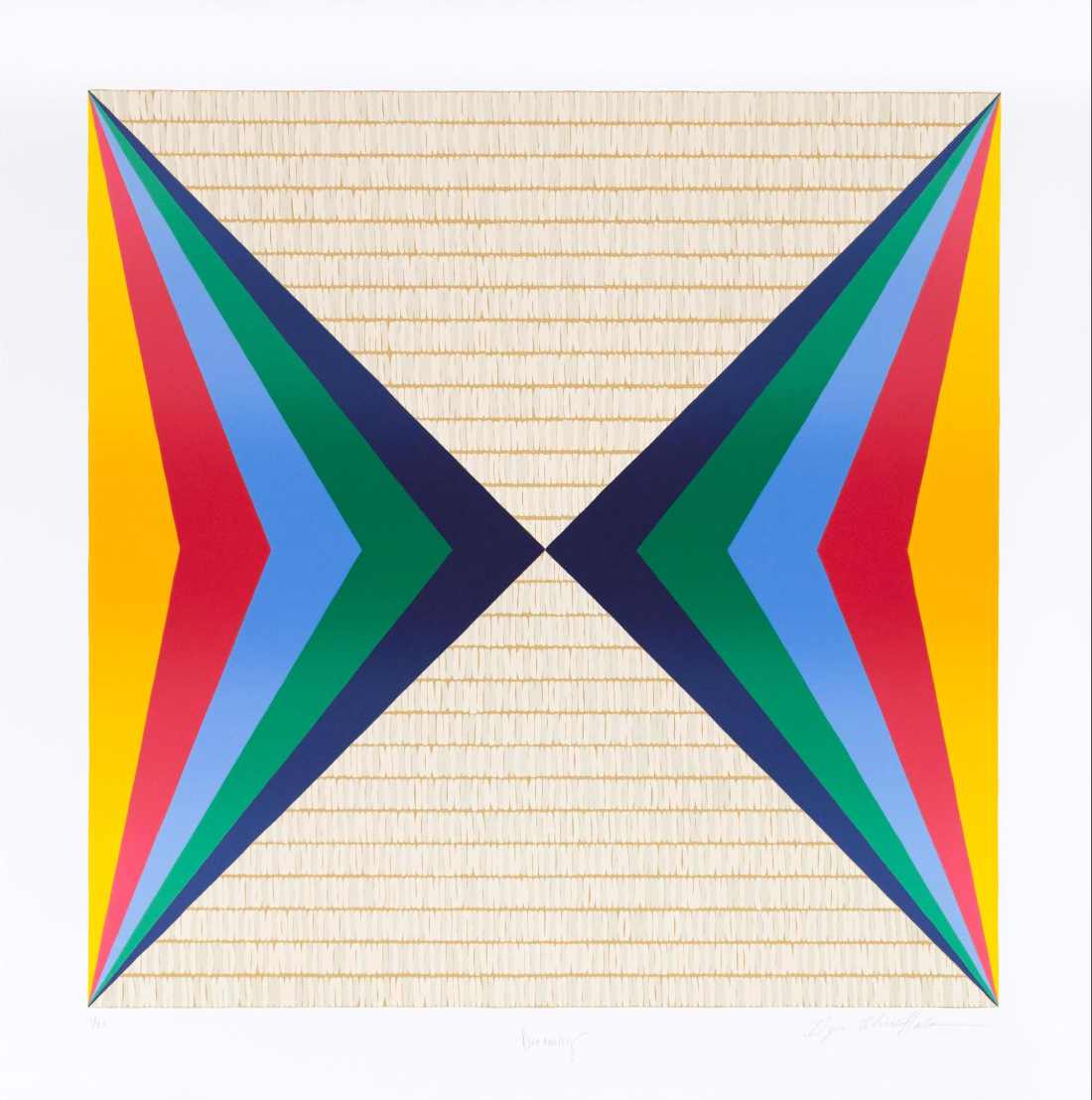Discovering Uncertainty


MODfest 2025, “Discovering Uncertainty,” explores the loss of certainty that is the legacy of the scientific and artistic developments of the early 20th century. In the realm of physics, early investigations into the behavior of the electron found that it defied the laws of classical mechanics. Particles appeared to move discontinuously, in violation of the laws of motion codified by Isaac Newton in the 1680s. The sub-atomic realm uncovered by quantum theorists was one of probability and contingency: of Uncertainty.
At the same time, musicians, artists and writers of the European and American avant-garde were calling into question many of the artistic values that had held sway for generations: harmonic practice in music, the use of figure and representation in art, narrative structure and perspective in fiction. A new age sought new techniques; a creative uncertainty arose that has persisted to this day. MODfest 2025 highlights the presence of indeterminacy and digital technology in the music of the last hundred years and offers platforms for discussion of the widespread adoption throughout our society of technologies made possible by the discoveries of quantum theory.

A lecture by José Perillán, Associate Professor of Physics and STS Director.
During the summer of 1925 a young German physicist named Werner Heisenberg was struggling with extreme pollen allergies. To escape the uncomfortable allergy attacks he fled to a remote island off the Northern coast of Germany. From the depths of his self-imposed isolation Heisenberg wrote a paper that would usher in a new era of quantum mechanics. It has been described as the most precise physics model ever created, yet quantum’s probative precision has come at an unsettling cost. At its very core, quantum mechanics requires us to accept that the universe is fundamentally uncertain. Like an impenetrable veil, Heisenberg’s uncertainty principle is impossible to overcome or ignore. For close to 100 years we have been unable to shake its implications. In this talk, we explore the depths of these implications and the long history of quantum uncertainty.

Stimmung (Tuning) is a formidable 70-minute work for six singers—in this performance, the vocal ensemble “Magic Names”—and a subtle sine-wave drone. The score calls for nearly constant singing of quickly fluctuating phonemes in polyrhythmic, overlapping patterns, creating a Western-influenced overtone singing style. Aleatoric sections of the piece pit one singer against another, creating rhythmic disruptions, pitch deviations, beat frequencies, and other sound events that are reminiscent of the composer’s work for tape and electronics.
Stimmung is a highly influential avant-garde work that provided inspiration for the spectral composition school that emerged in Paris during the 1970s.
The performers in “Magic Names” are:

The Feldenkrais Awareness Through Movement lessons are designed to unite the complexities of body and mind through directed movement that breaks down habitual patterns and opens up new avenues of use to students. Certified Feldenkrais practitioners Carolyn Palmer and Drew Minter will lead two lessons and speak about the method, entertaining participants’ questions at the end of each lesson. The workshop will have room for 50 participants. Those who wish to participate should come on time and wear loose clothing in which they can move freely.

Music has been used for medicinal purposes across tens of thousands of years, and spanning every known culture. Modern science is just now beginning to explore the underlying biological mechanisms of music’s healing effects, bringing together a consortium of neuroscientists, musicians, kinesiologists, and public policy makers. Professor Levitin will uncover the latest findings in the rapidly developing field of how music can be used to treat injury and disease and promote wellness.
Photo by Larry Moran

Alexander Bonus, Visiting Assistant Professor of Music
Many principles of music composition evince a desire for tonal, thematic, and formal control. From Pythagoras to Schoenberg, musicians have proposed pitch systems that act as unified laws for a well-structured musical universe. Missing from these sonic systems, however, are qualities of chaos, randomness, and unpredictability. Nevertheless, musical interpretations of chaos have appeared over the centuries. This lecture-performance surveys past expressions of sonic disorder in music by Haydn, Beethoven, and Mahler, among others. As an electro-acoustic composer, Alexander Bonus details recent technologies that generate scientifically accurate expressions of musical uncertainty in real time. This event culminates in an original, never-to-be-replicated performance pitting compositional order against moments of sonic unknowability. Using analog modular synthesizers as agents of tonal, rhythmical, and temporal chaos, this performance seeks to answer the hypothetical: “What would we hear if we could continually open (and shut) Erwin Schrödinger’s music box?”

This program weaves together an array of creatively indeterminate works, opening with Morton Feldman’s Projections 1—one of the first graphically notated works of the 20th century. The centerpiece of the program, ad astra… by Joan La Barbara, vividly depicts the Big Bang and the quantum fluctuations of light particles that governed the early stages of cosmic evolution. Also featured are recent compositions by Iva Casian Lakos, Leah Asher, Chelsea Loew, and David Crowell, whose works expand the program’s exploration of the unknown and the unpredictable.

Vassar Repertory Dance Theatre performs works created by faculty, students, and guest choreographers, selected from the current repertory. The program includes a special appearance by dancers from the Parul Shah Dance Company, whose work harnesses the expressive power of Indian classical dance to promote cultural understanding and explore questions around identity and humanity. This is a free but ticketed event; reservations for general seating are required and are available online. For additional information please email dance@vassar.edu.

A Lecture by Drake Andersen.
Does music shape the instruments we choose, or does the instrument determine the music? When it comes to electronic music, the answer is: both. Join Drake Andersen on a historical exploration of how new technologies for making and enjoying music developed over the past one hundred years continue to both reflect and shape our musical experiences and expectations.

Metropolis Reimagined is a new scoring of the 1984 restoration of Fritz Lang’s classic film, performed live by acclaimed pianist Po-Wei Ger and electronic artist Drake Andersen. The score was created collaboratively by the 10 composers of ICEBERG New Music: Drake Andersen, Víctor Báez, Stephanie Ann Boyd, Alex Burtzos, Yu-Chun Chien, Derek Cooper, Jack Frerer, Max Grafe, Harry Stafylakis, and Samantha Wolf. Giorgio Moroder’s 1984 version of Metropolis is a fast-paced, 85-minute experience. This live event transforms the film with a tightly unified, eerily atmospheric score. Metropolis Reimagined premiered in New York City in 2024, and is now on tour across the United States.

A program of music by Unsuk Chin (in C, Grains), Richard Wilson (Diablerie) and Luciano Berio (Sequenza III per voce) will be capped by a large-ensemble performance of the aleatoric minimalist classic In C by Terry Riley. Performers include festival co-directors Drew Minter and Thomas Sauer, violinist Marka Young, and an ensemble drawn from the Vassar College Orchestra and Choirs.

Dimensionism was a brief but fascinating moment in art history, where an international group of artists pledged to pursue new forms of art inspired by contemporary scientific advances. In 1936, Hungarian poet Charles Sirató published the Dimensionist Manifesto, proclaiming that since “Space and Time are no longer separate categories,… all the old limits and boundaries of the arts d i s a p p e a r.” The manifesto was signed by a wide-ranging group of artists on both sides of the Atlantic, including Vassily Kandinsky, Marcel Duchamp, Alexander Calder, Joan Miró, and Robert and Sonia Delaunay. Organized in conjunction with this year’s MODfest theme highlighting the impact of scientific discoveries on other fields, this small installation of works from the Loeb’s permanent collection features artists affiliated with Dimensionism.
Image: Sonia Delaunay Terk (French, b. Ukraine, 1885–1979), Untitled (Circular Composition), undated, color lithograph. Gift of Neil Peter Jampolis and Jane Reisman Jampolis, class of 1959, 2021.27.12.

This exhibition explores the psychological, physical, and emotional realities encountered by women and people assigned female at birth in the years leading up to, during, and after fertility. The artists featured consider a range of topics including birth, miscarriage, pleasure, lack of access to abortion, trauma, and the loss of fertility. Reproductive: Health, Fertility, Agency is a traveling exhibition organized by Museum of Contemporary Photography (MoCP) at Columbia College, Chicago.
Image: Joanne Leonard, Pear/NoPair/Oh Père, October 9, 1973 (detail) from Journal of a Miscarriage, 1973, collage on paper, Whitney Museum of American Art, New York; gift of Jeremy Stone 2023.26.3. © Whitney Museum of American Art / Licensed by Scala / Art Resource, NY

This installation explores the persistence of Indigenous ancestral knowledge through matrilineal lines. On display are five prints from Crow’s Shadow Institute of the Arts, created by Indigenous artists Dyani White Hawk (Siċaŋġu Lakota) and Wendy Red Star (Apsáalooke). The prints are complemented by five pieces of Haudenosaunee beadwork, including contemporary works by Lorna Hill and Samuel Thomas.
Image: Dyani White Hawk (Siċaŋġu Lakota, b. 1976), Dreaming, 2022, lithograph. Purchase, gift of Mrs. Frederick Ferris Thompson, by exchange 2024.4.1 © Dyani White Hawk

Michael Kelly Williams creates sculptures, works on paper, and prints. His art is inspired by music, literature, nature, and the art of the African diaspora. He draws heavily from the art of the ancients and folk art. Concepts that interest him are the spiritual in art, environmental concerns, equality, justice, and Afrofuturism. This piece (pictured) is dedicated to Cecil Taylor, the poet and master of free-jazz piano, who played at lightning speed, full of key clusters and complex polyrhythmic chords and colors.
Image: Leslie Jean-Bart